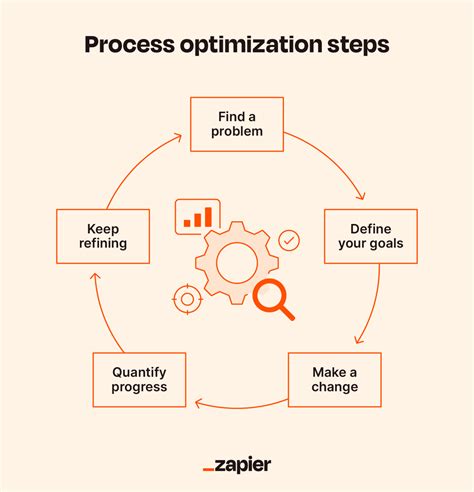Optimize male fitness: How to boost power output for peak athletic performance?

For male athletes striving for peak performance, power output is a non-negotiable metric. It’s the ability to exert maximum force in the shortest amount of time, crucial for everything from a powerful jump to an explosive sprint or a heavy lift. Optimizing this capability can be the differentiator between good and exceptional. This guide delves into key strategies to enhance your power output, transforming your athletic potential.
The Foundations of Power: Strength Training
While power is distinct from strength, a robust strength base is its prerequisite. You can’t be explosive if you can’t generate significant force. Focus on compound movements that recruit multiple muscle groups, fostering overall strength and neural efficiency.
- Heavy Compound Lifts: Incorporate exercises like squats, deadlifts, bench presses, and overhead presses. These movements build foundational strength, particularly in the lower body and core, which are critical for power transfer.
- Olympic Lifts: Snatch and clean & jerk are unparalleled for developing explosive power. They demand coordination, timing, and the ability to rapidly accelerate a load, making them cornerstone exercises for power development. Start with lighter weights and perfect form before progressing.
- Progressive Overload: Consistently challenge your muscles by gradually increasing weight, reps, or sets. This continuous stimulus forces adaptation and strength gains.

Unleashing Explosiveness: Plyometric Training
Once a solid strength foundation is established, plyometrics train your nervous system to fire muscles more rapidly and forcefully. These explosive movements teach your body to store and release elastic energy efficiently.
- Jump Training: Box jumps, broad jumps, vertical jumps, and depth jumps are excellent for lower body power. Focus on maximal effort and quick ground contact time.
- Medicine Ball Throws: Rotational throws, overhead slams, and chest passes develop upper body and core power, essential for sports requiring throwing or striking actions.
- Frequency and Volume: Plyometrics are demanding. Start with 1-2 sessions per week, allowing adequate recovery. Focus on quality over quantity, ensuring each repetition is performed with maximal intent.
Strategic Fueling for Performance: Nutrition
Your diet is the fuel for your power engine. Optimal nutrition is critical for energy, recovery, and muscle growth.
- Carbohydrates: The primary energy source for high-intensity, explosive activities. Ensure adequate intake of complex carbohydrates (whole grains, fruits, vegetables) to replenish glycogen stores.
- Protein: Essential for muscle repair and growth. Aim for a consistent intake of lean protein sources (chicken, fish, lean beef, legumes, dairy) throughout the day to support recovery and adaptation.
- Healthy Fats: Important for hormone production and overall health. Incorporate sources like avocados, nuts, seeds, and olive oil.
- Hydration: Even slight dehydration can significantly impair performance. Drink plenty of water throughout the day, especially before, during, and after training.

Mastering Recovery and Regeneration
Training breaks down muscle tissue; recovery rebuilds it stronger. Neglecting recovery is a common pitfall that can lead to plateaus, injury, and diminished power output.
- Sleep: Prioritize 7-9 hours of quality sleep per night. This is when the majority of physical repair and hormonal regulation occurs.
- Active Recovery: Light activities like walking, cycling, or swimming can improve blood flow and reduce muscle soreness without adding significant stress.
- Mobility and Flexibility: Incorporate stretching, foam rolling, and dynamic warm-ups to maintain range of motion, prevent injury, and allow for optimal movement mechanics during power exercises.
- Stress Management: Chronic stress, both physical and psychological, can hinder recovery and performance. Implement stress-reducing techniques like meditation or mindfulness.

Periodization and Program Design
Randomly combining exercises won’t yield optimal results. A well-structured training program, incorporating periodization, is key to continuous improvement and peak performance.
- Phased Training: Typically, a power training cycle might start with a strength phase, followed by a power development phase (combining strength and plyometrics), and then a sport-specific peaking phase.
- Deload Weeks: Integrate planned weeks of reduced intensity or volume to allow your body to fully recover and adapt, preventing overtraining.
- Listen to Your Body: Be attentive to signs of fatigue or overtraining. Adjust your program as needed, prioritizing rest when necessary.

Conclusion
Boosting power output for peak athletic performance is a multifaceted endeavor that requires dedication to intelligent training, meticulous nutrition, and diligent recovery. By integrating heavy strength training, explosive plyometrics, strategic fueling, and effective regeneration techniques into a well-designed program, male athletes can unlock their full potential and achieve unparalleled levels of performance. Consistency and a commitment to these principles are the ultimate keys to success.






